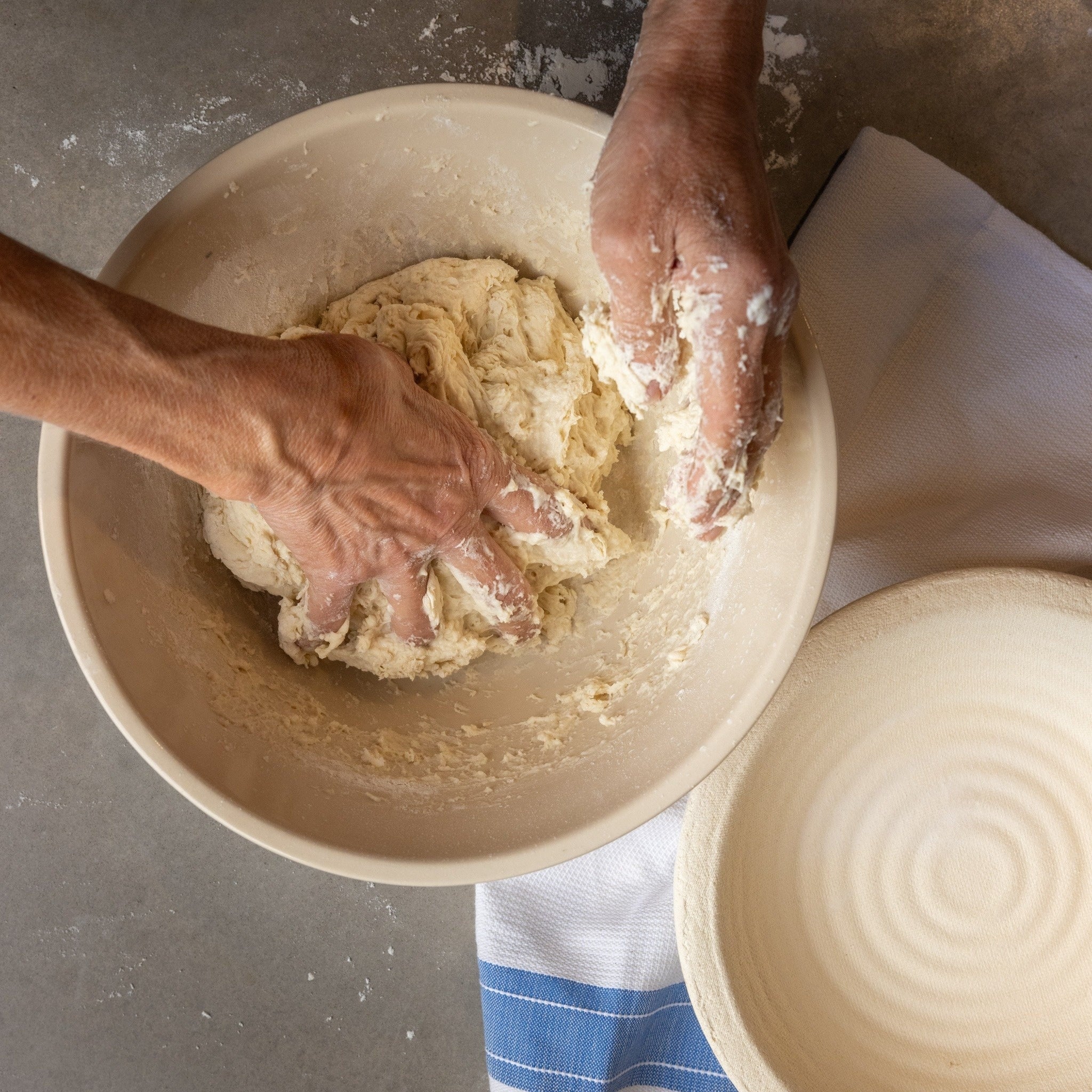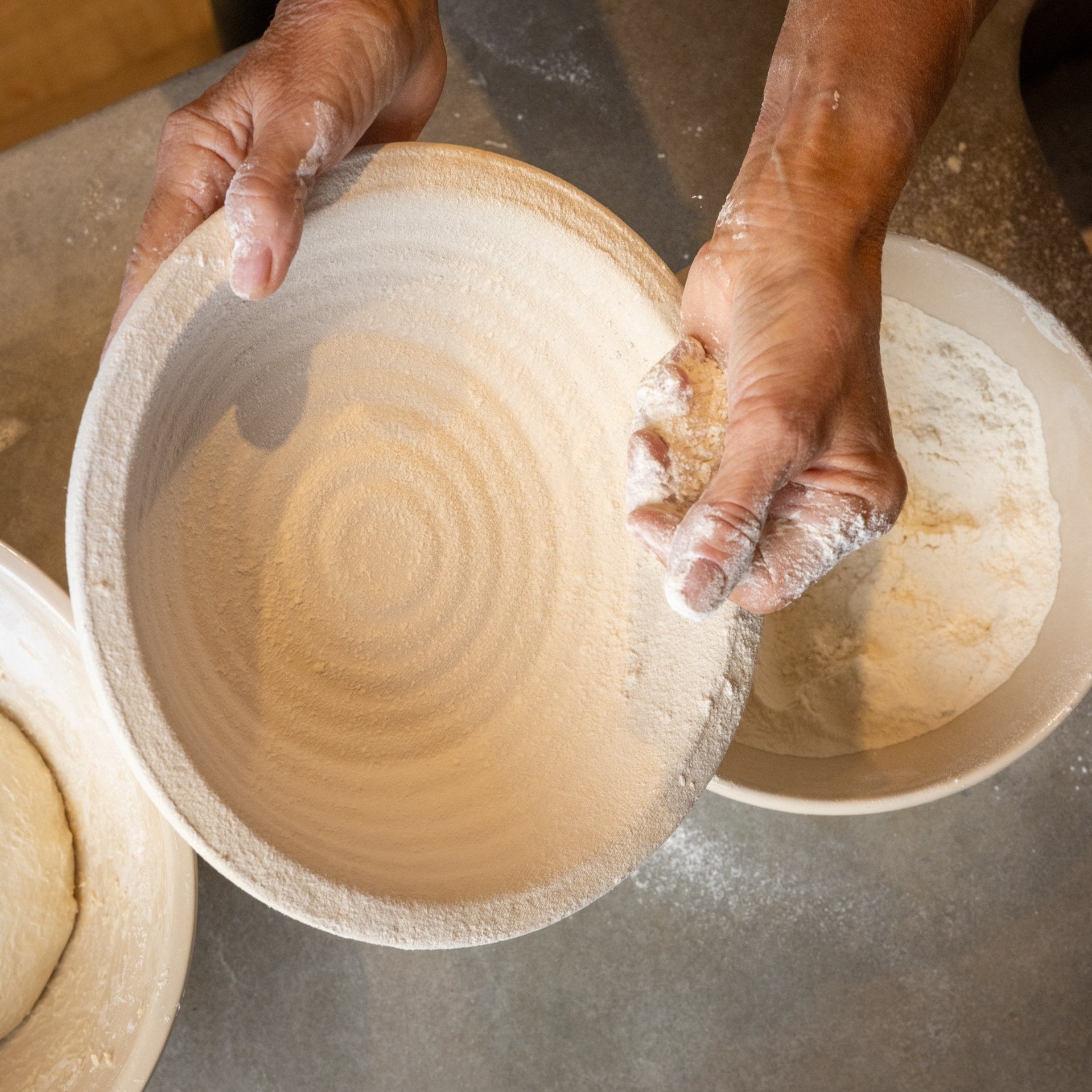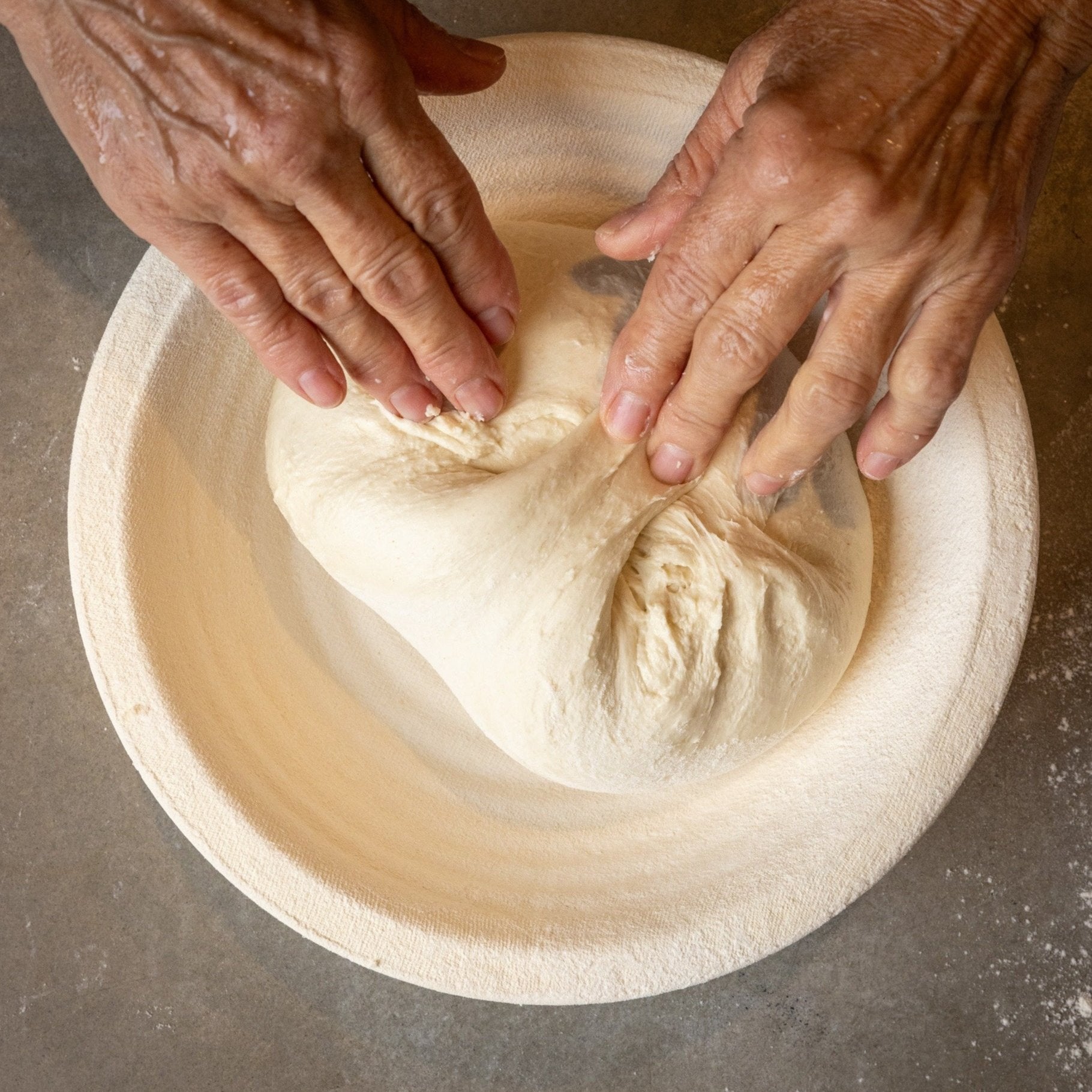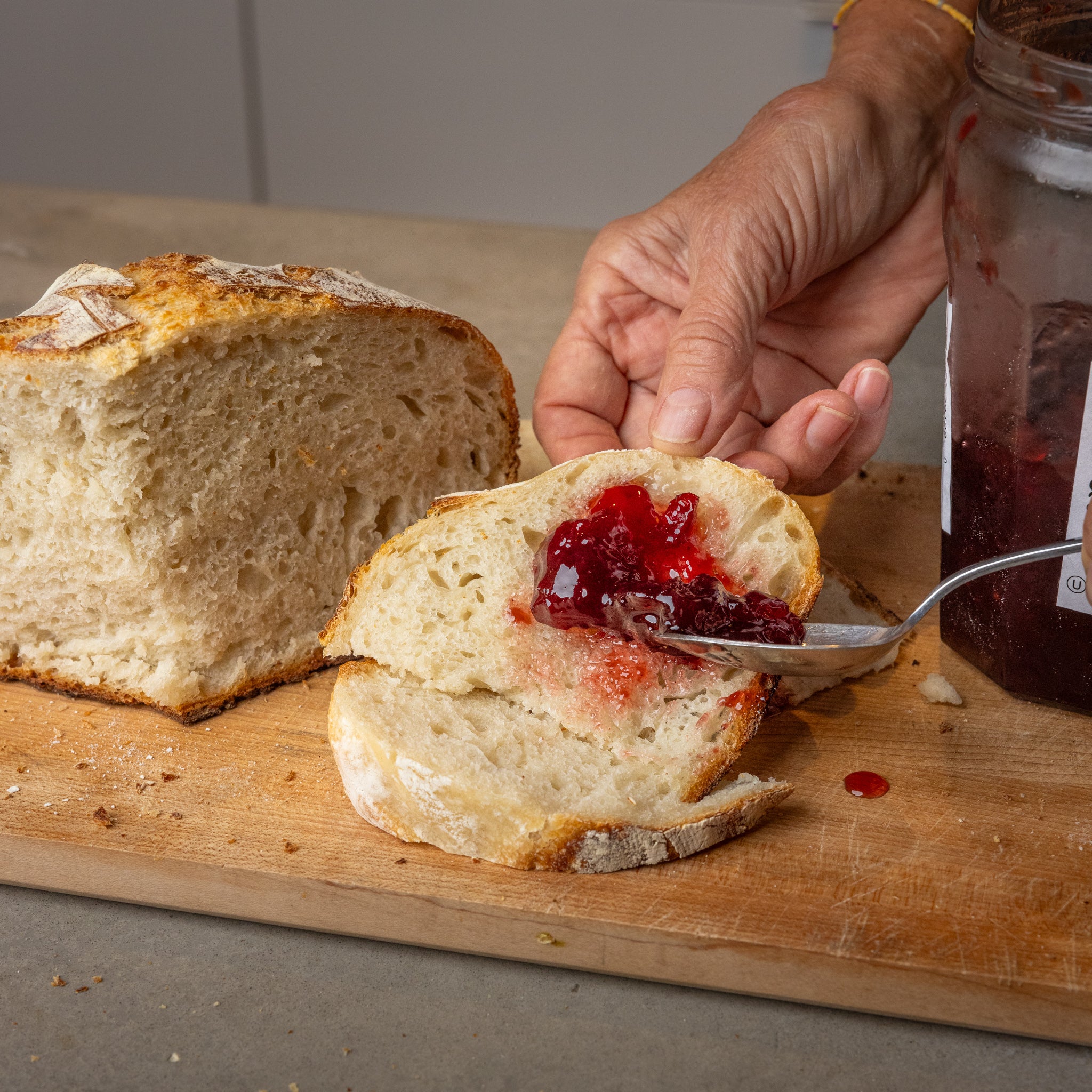What's on your mind?
During the proofing process, a banneton maintains the shape of your dough. Without the support of a banneton, your wet dough loses its volume and flattens. Plus, a loaf risen in a Zinala banneton always comes out of the oven looking great!
Wood pulp bannetons make bread baking easier and your final results better. While traditional cane or rattan bannetons are good at providing structure to wet doughs, they struggle in three key areas: moisture absorption, usability, and durability.
All our products are produced in our small shop facility in Brooklyn, NYC.
Our pulp is sourced from a pulp mill in Quebec, Canada.
During the proofing process, a banneton maintains the shape of your dough. Without the support of a banneton, your wet dough loses its volume and flattens. Plus, a loaf risen in a Zinala banneton always comes out of the oven looking great!
Wood pulp bannetons make bread baking easier and your final results better. While traditional cane or rattan bannetons are good at providing structure to wet doughs, they struggle in three key areas: moisture absorption, usability, and durability.
All our products are produced in our small shop facility in Brooklyn, NYC.
Our pulp is sourced from a pulp mill in Quebec, Canada.
We generally ship a few times per week from our "micro-factory" in Brooklyn. We're a small team so we can't reliably ship same day but if you need things expedited do let us know and we'll try to make it work.
We will happily accept returns within 30 days of delivery or replace your banneton should you encounter any issues.





